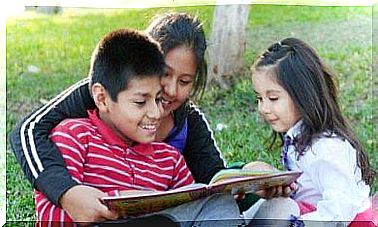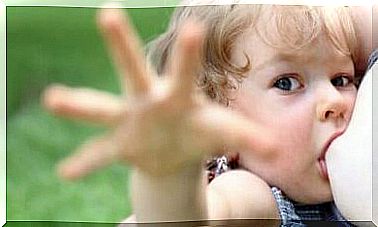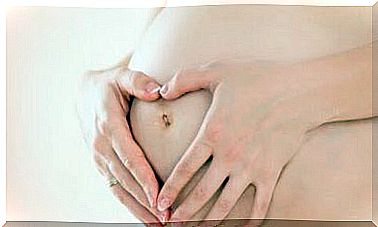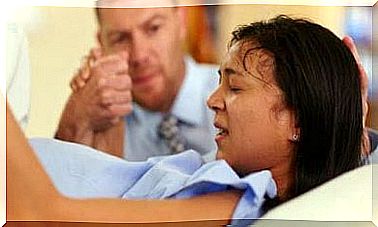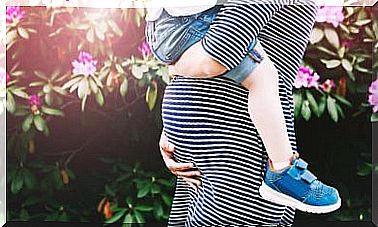What Are The Effects Of Insect Bites In Children?
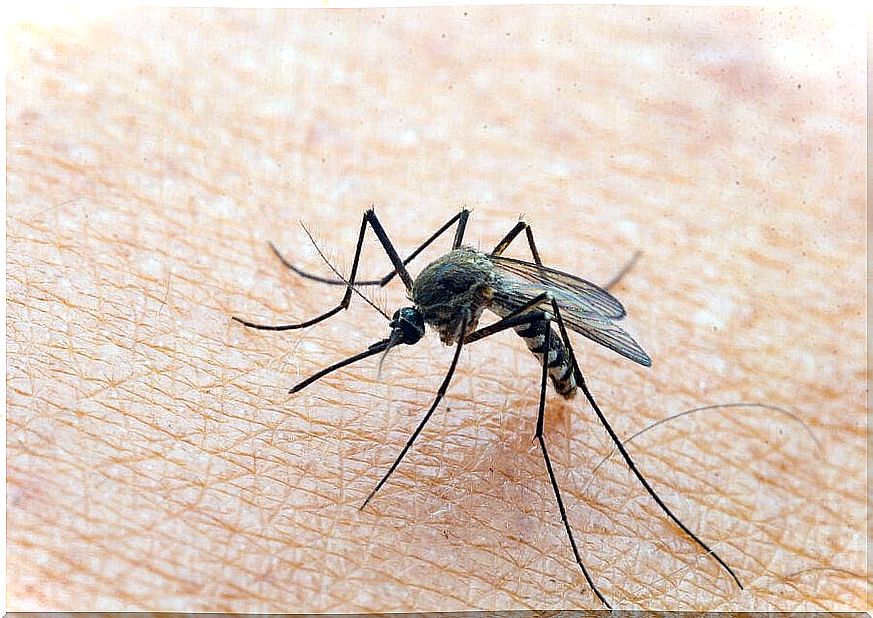
Children are simple targets for insects. This is why it is important for parents to know how to counteract and treat insect bites in children, as they can sometimes be harmful to health.
The body reacts according to the type of insect it is about as well as other factors, such as allergies. However, most insect bites cause pain, swelling and itching.
Regardless of the type of insect bite that the child has suffered from or what symptoms occur, you should avoid itching on the bite as it can spread the poison and give rise to a secondary infection.
How are children affected by insect bites?
Below we will take up information regarding the insect bites that are most common in children:
Ants
If you suspect that an ant has bitten your baby, apply soap and warm water to the affected area. You can also use hydrocortisone ointment to control swelling and itching.
You should also try to avoid the blisters bursting as it can cause infections and more pain.
Bin
If a bee stings your baby, you will probably find a small sting in the baby’s skin. This may also be the case with wasps, but not necessarily. Carefully remove it with tweezers.
Keep the swelling under control with ice and by raising the body part that has been stung. You can use antishistamine ointment or a mixture of bicarbonate and calamine lotion to relieve pain and itching.
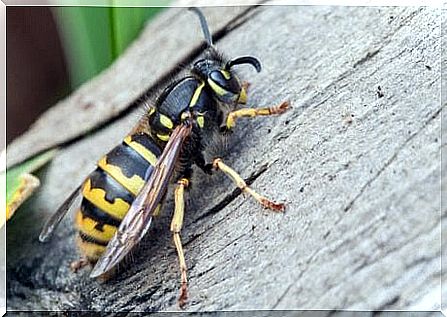
Mosquitoes
Mosquito bites tend to be more frequent. If your child has been bitten by a mosquito bite, you can wash the affected area with cold water without soap.
You can also apply an external treatment to relieve the itching.
Spiders
Most spider bites do not cause any problems. However, some spider bites abroad can cause blisters and skin necrosis. Other spiders can cause symptoms such as chest pain, nausea, vomiting and abdominal pain.
If your child experiences any of these symptoms, you should see a doctor immediately.
Red mites
The symptoms of red mites generally occur 1-3 hours after the bite. They include extreme itching that lasts for several days. The affected area may also become red and swollen, much like a blister.
You can treat it with a cold bath or shower. You can also apply a cold wrap, calamine ointment or hydrocortisone ointment to keep the itching under control.
How to soothe the baby with insect bites
Below we make a list of what you should think about if the child has been bitten by an insect:
- Keep calm so that the child does not get even more upset.
- Calm the child with soothing words.
- Treat any itching according to the instructions above.
- Apply ice or a cold compress to further reduce itching and pain.
- Apply insect ointment.
- Distract the little one with an activity he or she enjoys.
Advice to avoid insect bites in children
The following advice can help you protect your child from insect bites:
- Use a safe and effective insect repellent.
- Avoid soaps, creams and other products with a lot of perfume.
- Let the child wear long trousers and long sleeves if possible.
- Be careful in the forest and on grass areas.
- If you have pets, remember to avoid fleas.
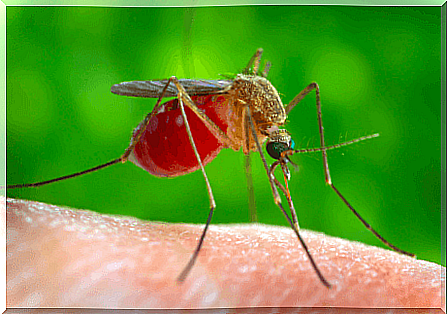
When should I contact a doctor?
If your child experiences any of the symptoms below, you should consult a doctor:
- If the pain or itching worsens.
- Signs of infection such as redness, local or generalized fever, swelling or dry skin.
- Rash.
- Nausea and vomiting.
- Difficulty breathing.
- Pressure or pain in the neck or chest.
You now know how insect bites affect children and how you can treat them. As you can see, you usually do not have to worry, as this often happens.
Remember that the little one’s reaction depends on the type of insect it is and also the baby’s own body.




